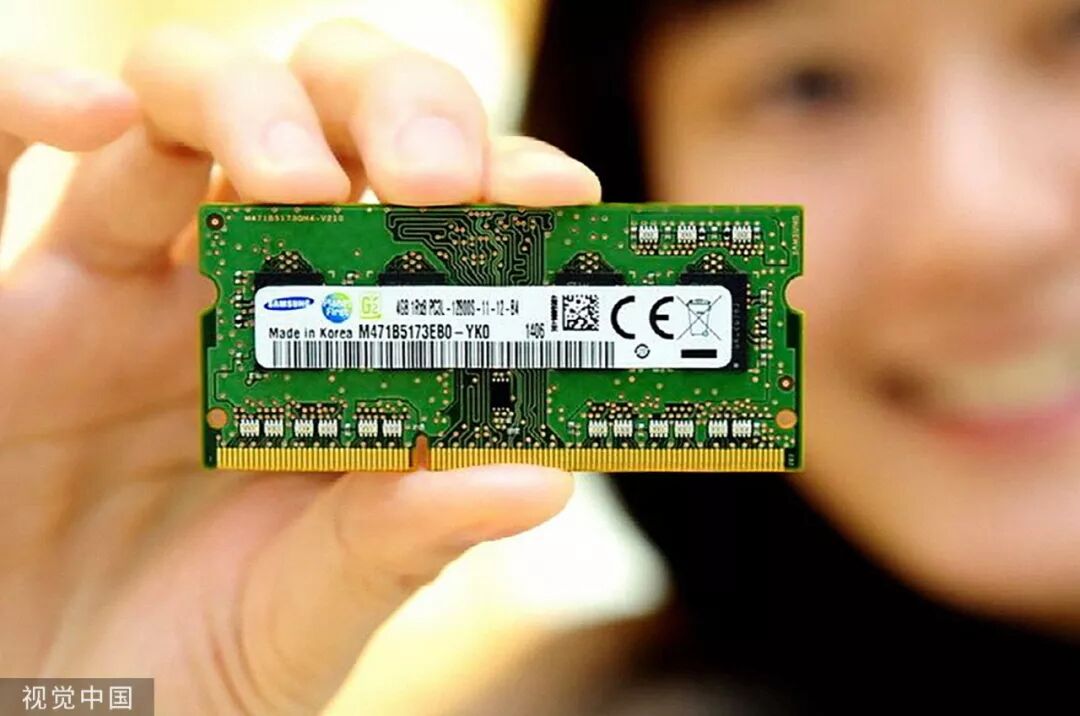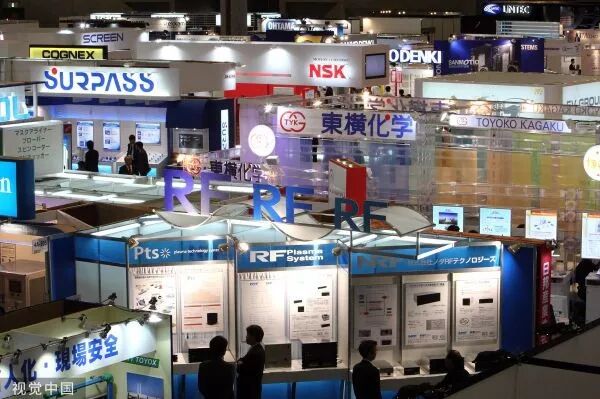On June 8, Japan’s “Diamond” Weekly published an article by Yuki Noguchi, an advisor at Waseda University’s Business and Finance Research Center, titled “What Are the Fundamental Reasons for the Decline of Japan’s Semiconductor Industry?” It is commonly believed that the decline of Japan’s semiconductor industry is due to technology outflow and poor investment decisions, but the author argues that the key lies elsewhere. Below is an excerpt from the article:
The Fall from the Top of Japan’s Semiconductor Industry
In the 1980s, Japan’s semiconductor industry ranked first in the world, accounting for about half of global production. A particularly important segment was the production of dynamic random-access memory (DRAM) for large computers, which began in the 1970s.
However, Japan later seemed to fall significantly behind.
First, DRAM began to be primarily used in personal computers (PCs), where performance requirements were lower and prices were cheaper. Samsung Electronics of South Korea reduced costs through large-scale equipment investments and expanded its market share. Meanwhile, Intel of the United States entered the central processing unit (CPU) field.
Japanese manufacturers failed to respond to this change, leading to a decline in market share. At the same time, from the late 1990s, restructuring among semiconductor manufacturers began.
In November 2002, NEC Corporation established NEC Electronics, and in April 2003, Hitachi and Mitsubishi Electric established Renesas Technology.
In April 2010, after NEC Electronics and Renesas Technology merged, Renesas Electronics was formed. However, a few years later, the company’s performance began to decline, shrinking from nearly 50,000 employees at its inception to about 20,000 today. In May 2019, reports indicated that 13 of the company’s factories in Japan and abroad had been permanently shut down.
Additionally, Toshiba’s subsidiary, Toshiba Memory, which produces flash memory different from DRAM, was brought under the control of a Japan-U.S.-Korea alliance led by American investment funds.
In the integrated circuit (IC) market, Japanese companies held over 50% market share in the late 1980s and 49% in 1990. However, by 2017, the share of Japanese companies had dropped to 7%.
Lack of Research Capability in the Information Field
How did the situation become like this?
Two points are often mentioned.
-
First, technology outflow. It is said that Samsung Electronics lured technical personnel from Japanese companies with high salaries or quietly invited them to Korea on weekends to “steal” technology from Japanese firms.
-
Second, Japanese entrepreneurs failed to decisively implement large-scale investments like Samsung.
These issues do exist. However, to claim that these are the fundamental reasons for the decline of Japan’s semiconductor industry is highly questionable.
If there had been no technology outflow and Japanese entrepreneurs had made bold decisions, Japan could have maintained its leadership in the low-cost DRAM sector. Even so, would this have helped the later development of Japan’s semiconductor industry?

▲ Reference image: 4Gb DDR3 DRAM produced by Samsung Electronics using 20nm process technology.
DRAM does not require very high technology, so emerging countries will eventually produce low-cost DRAM products. In that case, Japan’s semiconductor industry would also decline due to price competition with emerging countries.
In fact, a similar situation later occurred in the LCD field. Not only in LCDs, but in many manufacturing sectors, as products were commercialized, price competition intensified.
The real problem with Japan’s semiconductor industry is its failure to transition to high-tech products like CPUs. Why do I say this? Because the high value-added product is not DRAM, but CPUs.
Intel monopolized CPU production through technological strength. By collaborating with Microsoft’s operating system, it established the architecture later known as the “Wintel” alliance, thus dominating the PC industry.
So why couldn’t Japanese semiconductor manufacturers transition to CPU production? It was due to insufficient foundational research capability.
Semiconductors are known as the “science industry.” In the 1980s, Japan had the foundational development power in the semiconductor field. However, as the core of technology shifted from products and materials to information, Japan struggled to keep up.
For CPUs, it is not only important to have the semiconductor chip hardware itself, but also the software integrated within it.
A similar situation occurred in other fields, such as cameras.
During the transition from film cameras to digital cameras, Japanese camera manufacturers kept pace with the trend. However, with the advent of smartphones, the most important aspect became providing artificial intelligence image recognition capabilities through smartphones.

In other words, compared to the camera lens as the “eye,” the “brain” that processes image information became essential in the later stages. In this area, Japan’s foundational development capability is clearly lagging.
Ultimately, Japan’s semiconductor industry fell behind in the global trends after the 1990s, and the fundamental reason is the lack of the ability to create new things, especially in information-related fields, where there is a complete lack of innovation capability.
The Importance of Basic Education
New technologies can emerge from companies, but not exclusively. Basic research in universities is also of great significance.
In the 1980s, when the U.S. industry was relatively weakening, American universities remained strong.
It is crucial to reconstruct the research and education system of universities according to the changes of the times, and to adapt the content accordingly. This was the source of Intel’s success and became the origin of the later information technology revolution and artificial intelligence research.
So what about Japan? In the 1980s, when Japan dominated the semiconductor industry, its academic community was also powerful. Japanese scholars played a leading role in international societies related to semiconductors.
However, this state could not be maintained. After that, Japan’s research capability declined.
One can prove this by looking at the world ranking of the number of papers published. In 2018, the National Science Foundation of the United States summarized global trends in science and technology and distributed the “Science and Engineering Indicators” report, which showed that in the world ranking of scientific and technological papers in 2016, China ranked first.

U.S. News & World Report also created a world university ranking categorized by field. In the field of computer science, Tsinghua University in China ranked first in 2019. The University of Tokyo ranked first among Japanese universities but was 135th in the world ranking.
This shows that Japanese universities have fallen behind the world’s development in cutting-edge fields, due to their inability to reconstruct research and education systems according to societal changes.
If growth stops, the reconstruction of universities cannot proceed. Therefore, research in areas needed by society cannot be completed, and the economy cannot grow.
In a society where the economic scale has not expanded, how should the structure of universities be changed? What kind of mechanisms should be established for this?
This is a very difficult issue. However, we must find the answer.
Article edited by Ping Yue
WeChat Editor | Tian Xin
WeChat Review | Zhu Shun
Open the Reference News client for more foreign media information>>
